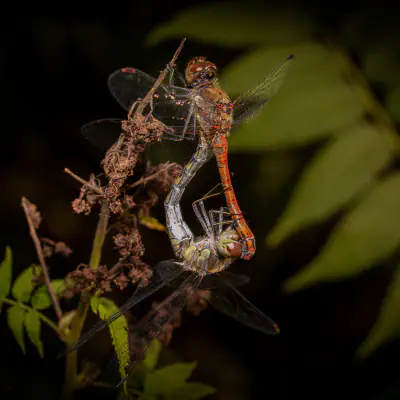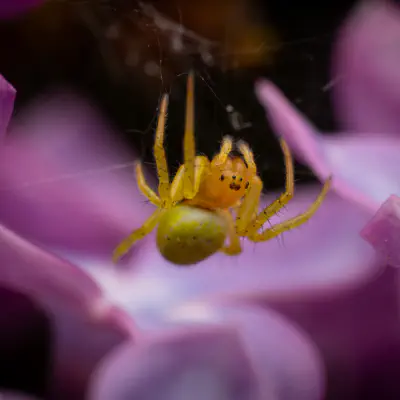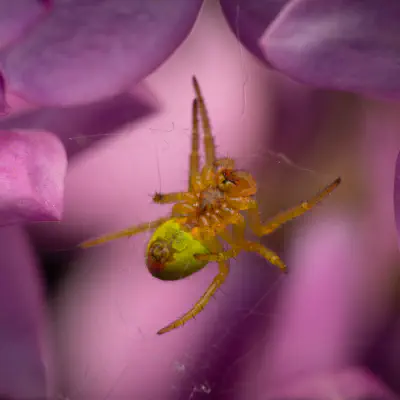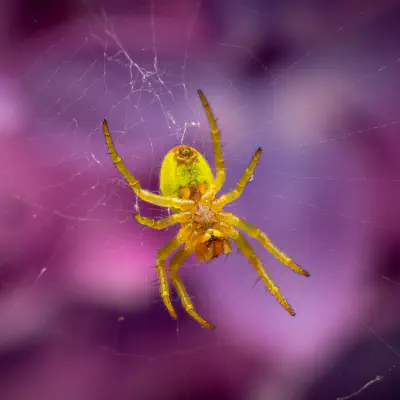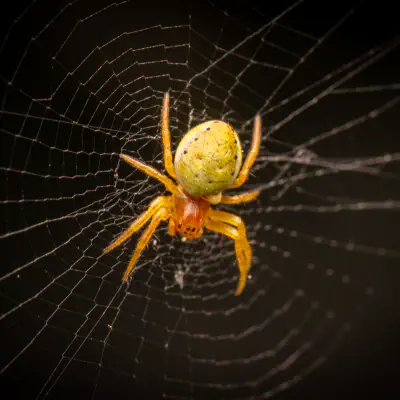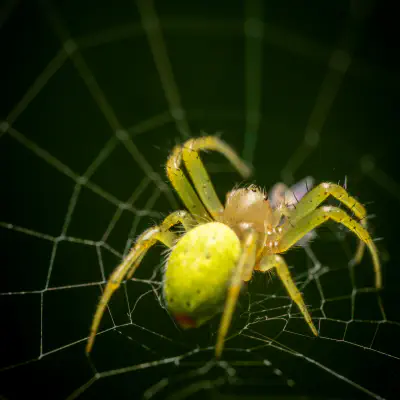The species was first described by the Swedish entomologist and arachnologist Carl Alexander Clerck (1709-1765) in 1757 as Araneus cucurbitinus and was revised in 1942 by Chamberlin & Ivie with the name Araniella cucurbitina.
Cucumber Green Spider (lat. Araniella cucurbitina)
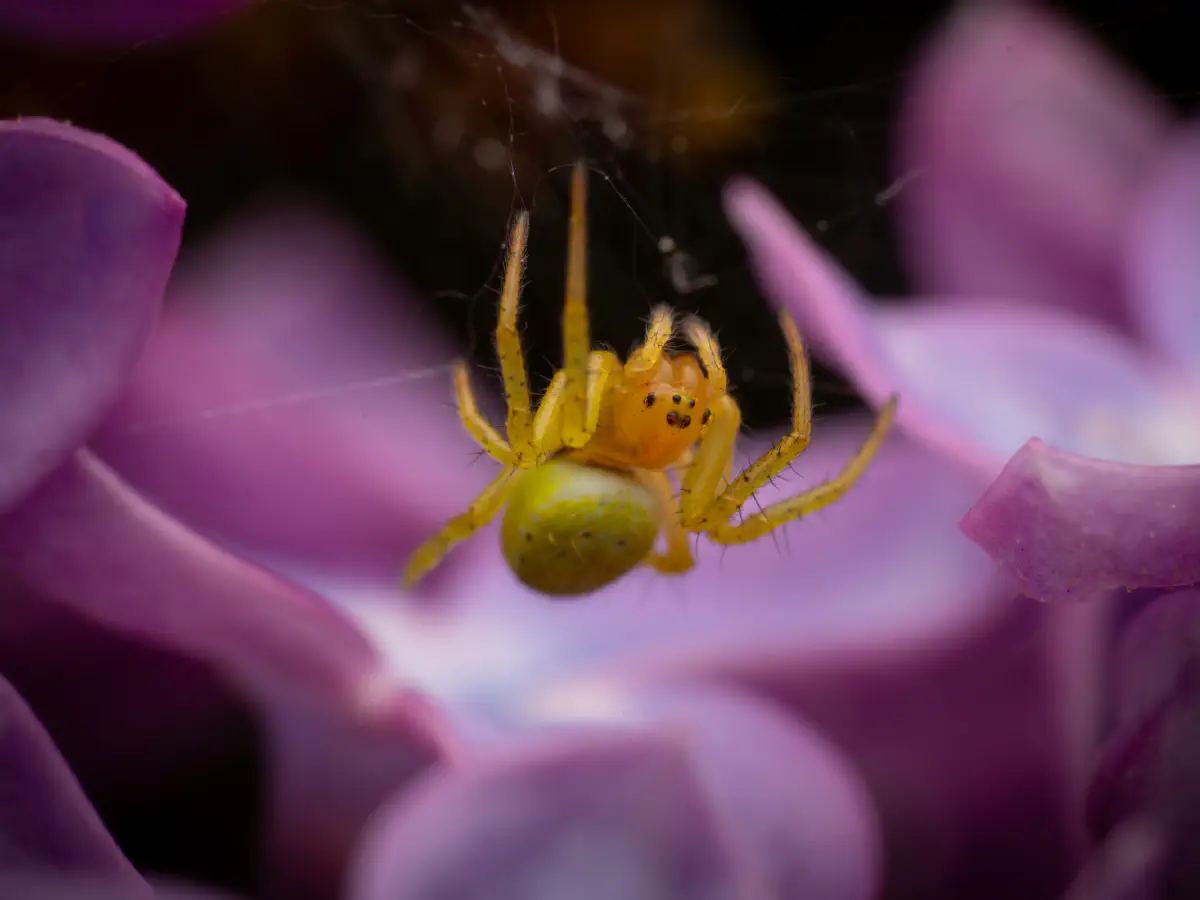
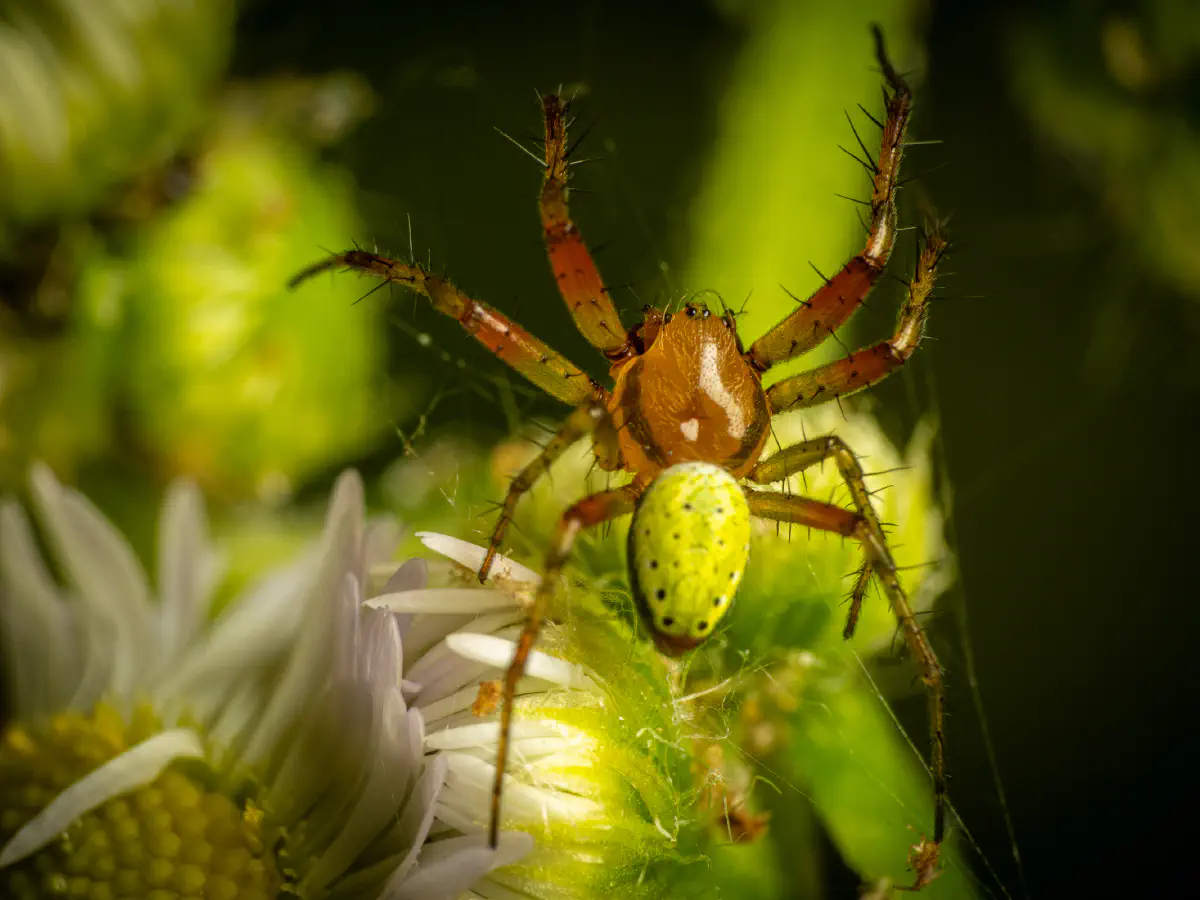
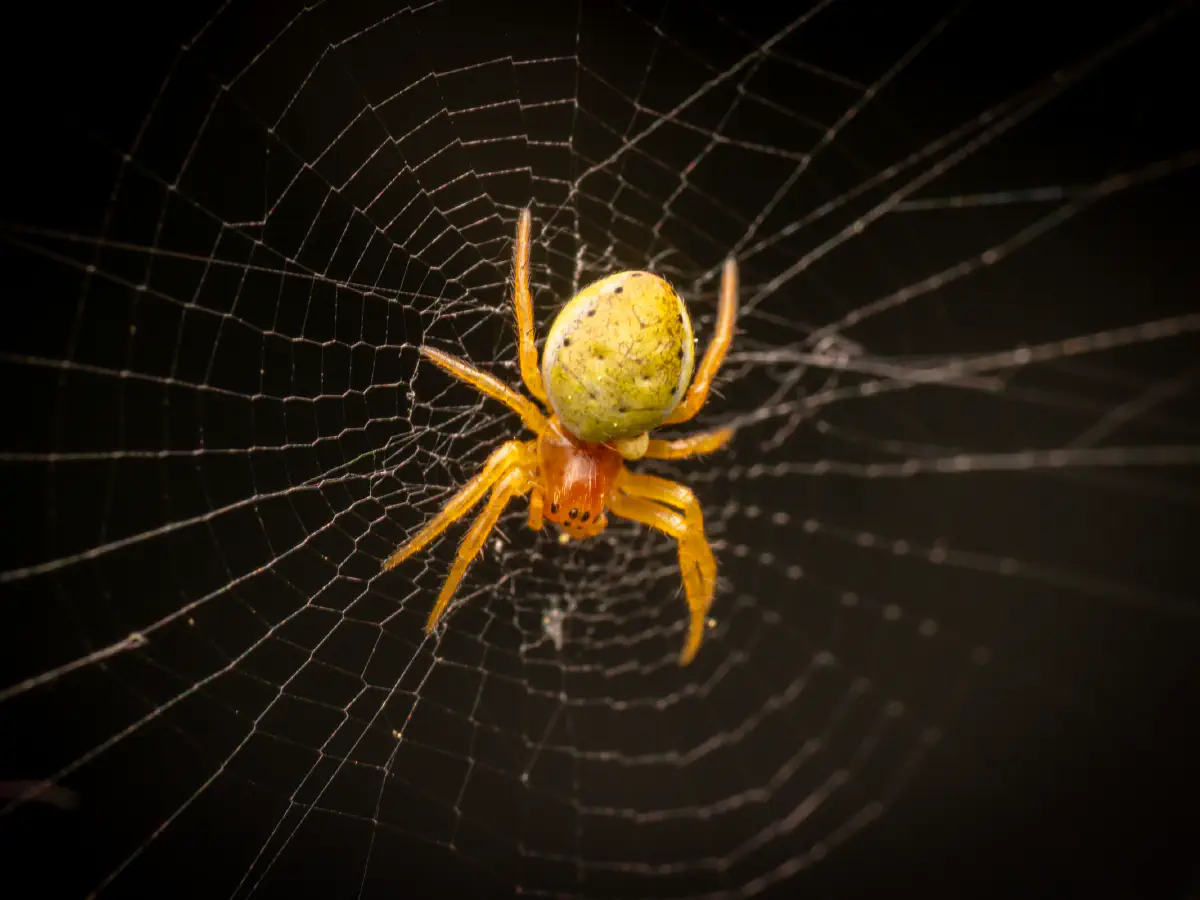
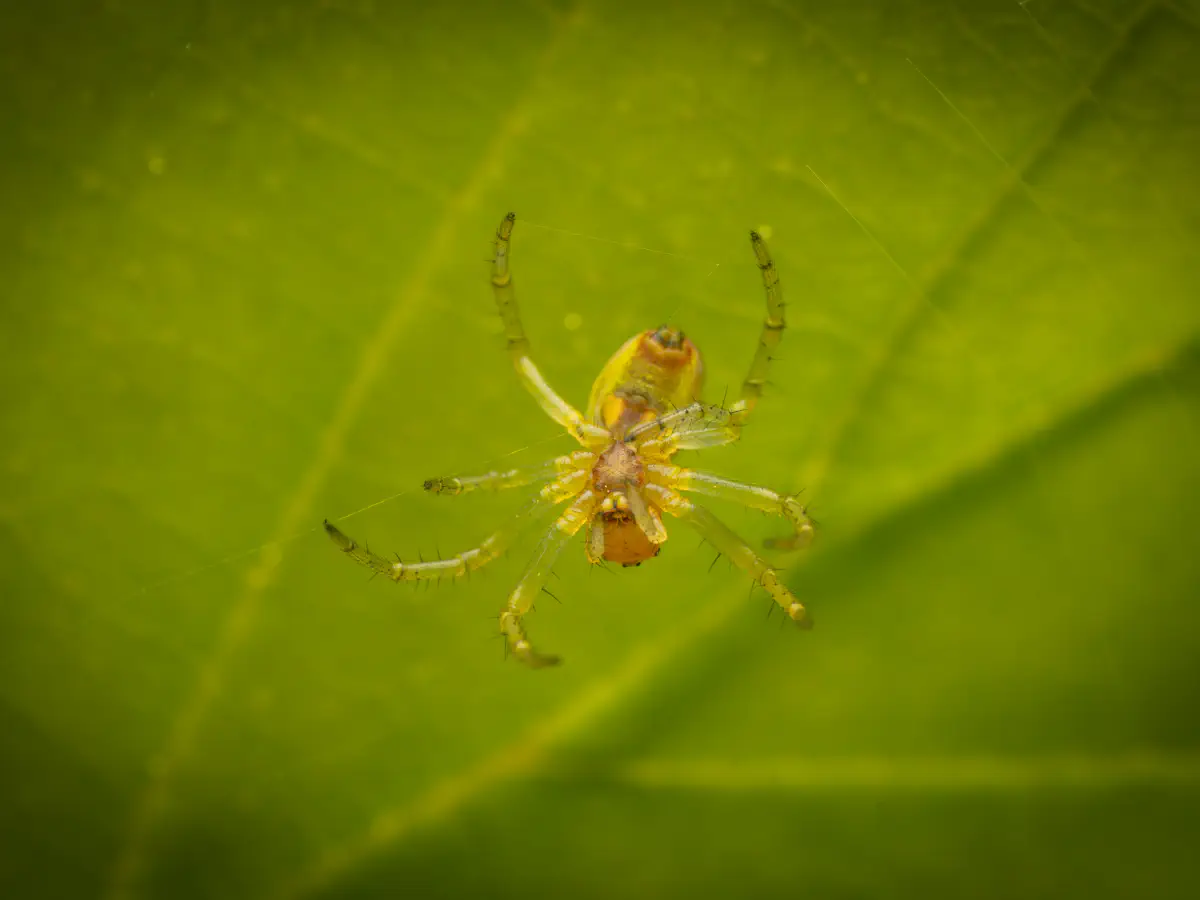
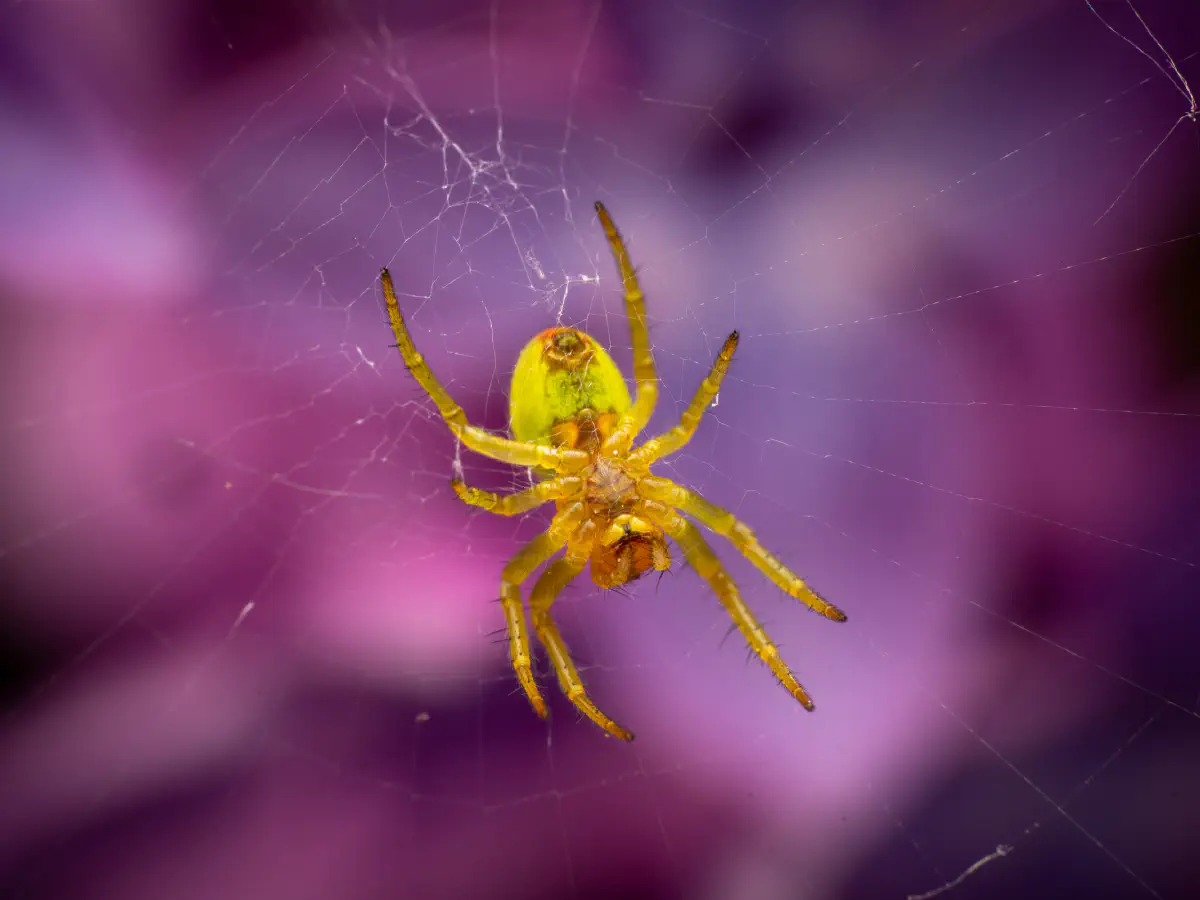
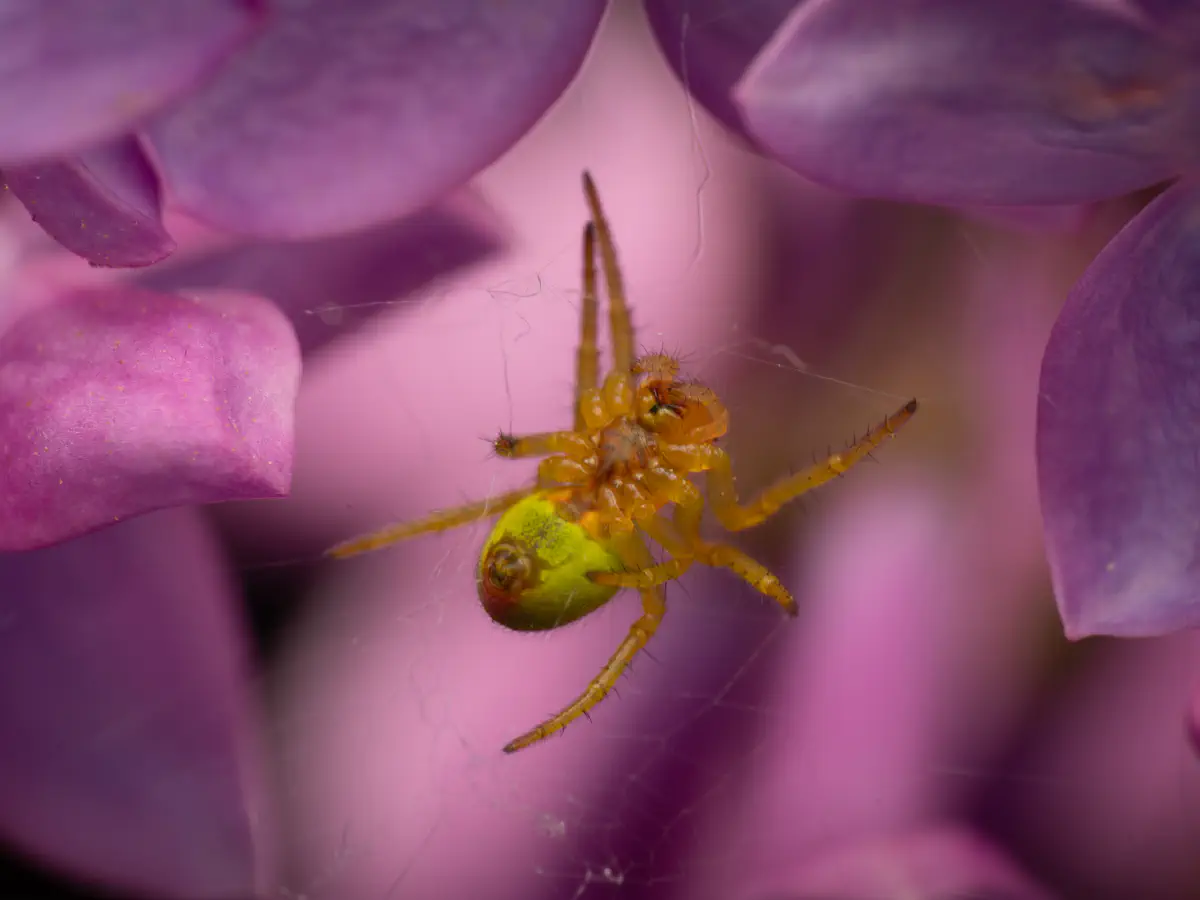

This is not intended to be a dry lexicon. Personal stories and sensitive articles form the framework for our pictures: „Dance of love — our exclusive interview“
Lisa and Linus, two large dragonflies, share their personal mating experiences, often described as a dance, shedding light on the associated challenges and misunderstandings.
